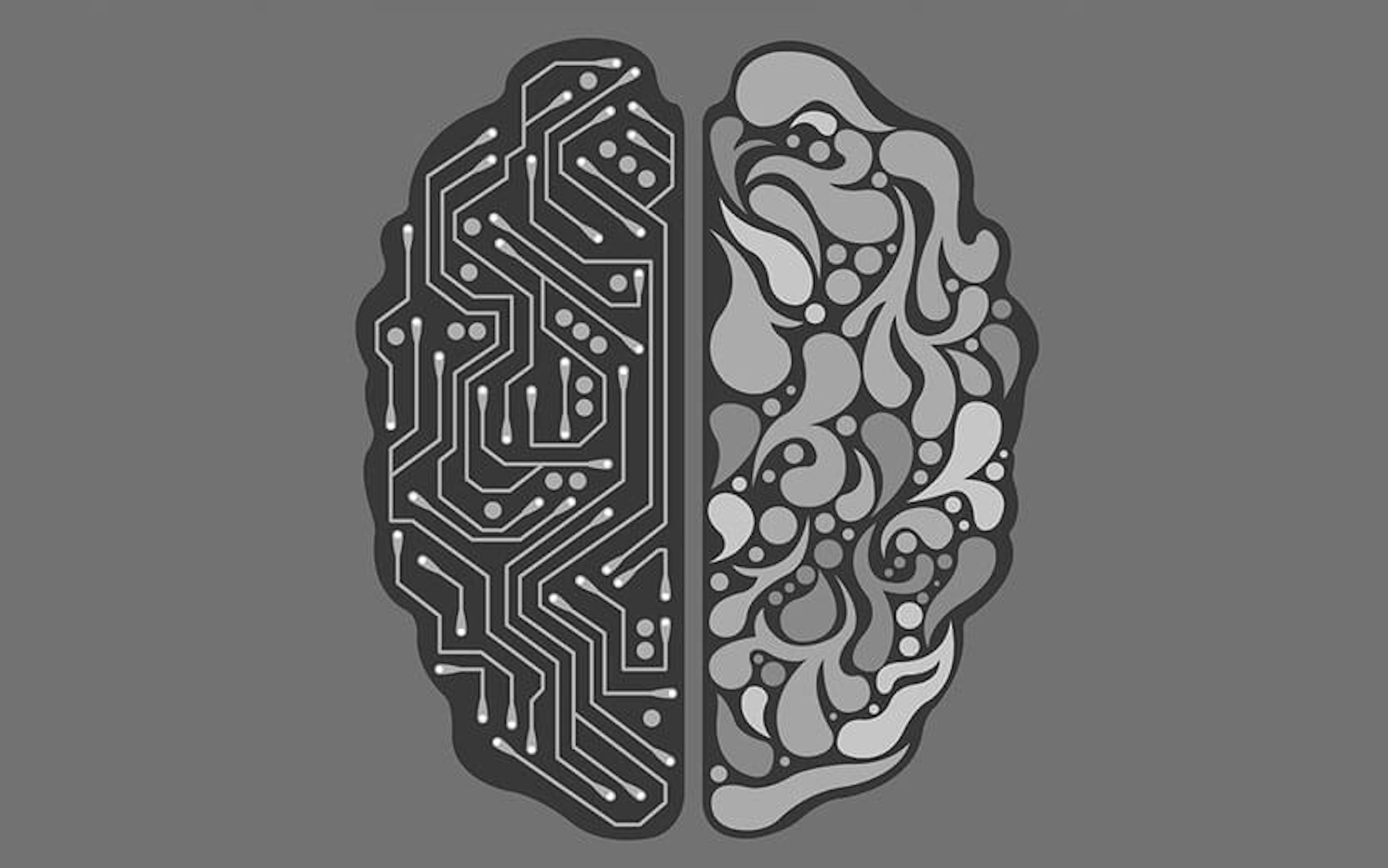The aspect of AI that is causing some controversy in the web design industry, and the topic we’ll be addressing here, is the role of AI in designing websites. Teaching AI creativity is a bit of a hot topic. Some sit firmly in the camp that creativity is a purely human talent and can’t be taught to a computer. Others believe AI is capable of anything, so why not creativity? The rest of us? We sit somewhere in between.
Artificial Design Intelligence
Those who would hand over control of design to AI do so through Artificial Design Intelligence. Essentially, it’s a technology that uses Machine Learning to understand principles, rules and best practices of design and then apply them. So, it looks at a huge collection of websites across the internet and identifies the common design principles that unite the best of the bunch and can use this learning to design a website by itself.
It sounds very sci-fi, but in reality, it’s not that hard to fathom and its current use cases probably won’t surprise you a great deal. Wix released its own ADI interface in 2016 for example, and GoDaddy is also involved but aren’t very good at admitting it. They’ve identified that their target market, people who want to build their own website using simple tools, would be very receptive to the idea of a technology that will take their ideas and construct a website out of them.
Template Websites
It’s no great surprise that two of the biggest purveyors of ADI are two of the biggest purveyors of templated, DIY websites. The internet abounds with them, and we’ve talked about it plenty before. If you accept that a worrying majority of sites look the same, and the few that dare to stand out from the crowd are memorable, how does machine learning and ADI fit into that? If the subject matter they’re learning from is, frankly, sub-standard, how can they be expected to create beautiful, unforgettable websites?
We’re sure ADI technology has designed some perfectly acceptable websites that people are perfectly happy with. Although, some of the early attempts of AI and web design didn’t pan out all that well. There are plenty of template-based and potentially ADI designed websites that are ‘good enough’. But that’s our problem. We’re not interested in ‘good enough’.
What Sort of Website Do You Really Want?
Whether or not you’re excited about the potential of AI to revolutionise web design depends a lot on what sort of websites you enjoy and enjoy creating. For us at Bigger Picture, we’ll be sticking with human-based creativity for now and that’s for a couple of reasons.
Firstly, in a digital space that is more crowded than ever before, with more competition than ever before, what is the point in looking the same, or even slightly better than everyone else? So many websites are just forgettable. Perfectly fine, but forgettable. We don’t buy that as a strategy that works in the 21st century. We want the websites we design and build to be memorable, to grab your attention and delight your users. They should be bold and stand out from the crowd. And you’ll forgive us for being sceptical of AI’s ability to deliver those sorts of websites.
Which brings us on nicely to our next and final point. Fundamentally, we haven’t seen enough good things come from creative AI to convince us it’s better than a creative human. AI has huge value to offer the human race, but we’re just not sold that this value lies in reducing creativity to algorithms. We’re huge fans of our designers here at Bigger Picture (why wouldn’t we be? They’re awesome!) and we value their creativity as one of their biggest assets.
Of course, the passage of time may mean that AI in five or ten years is better at creativity and design than talented humans, but for now, we’ll be leaving it firmly in the hands of our designers.

